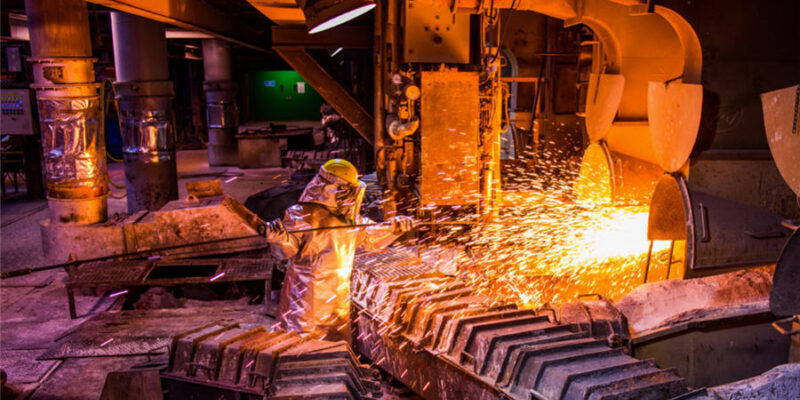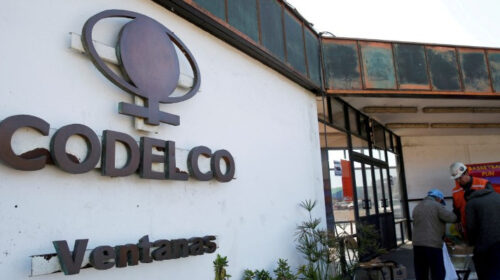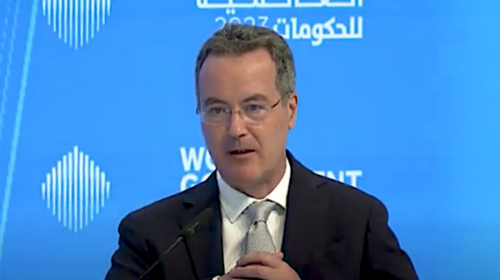Chinese Copper Smelters Face Pressure to Slow Expansion Amid Global Profitability Concerns
Chinese copper smelters are under increasing pressure to rein in their rapid expansion, as oversupply threatens the industry’s profitability and raises concerns over the future viability of smelting operations globally.
China, the world’s largest consumer of copper, is expected to produce nearly half of the world’s refined copper this year following a surge in smelter construction aimed at securing supplies critical to the energy transition.
However, this expansion has led to fierce competition for limited raw materials, squeezing margins across the industry.
The scale of China’s expansion poses risks to copper refining industries worldwide, warns Grant Sporre, head of metals and mining research at Bloomberg Intelligence.
He notes that smelters from Chile to Europe and India could struggle to remain competitive in the face of China’s increasing dominance.
Calls within China to curb production and slow the rapid pace of new smelter projects have so far been largely unheeded. If China’s expansion continues unchecked, smelter closures elsewhere could concentrate global output further in China, intensifying concerns among Western governments about the nation’s influence over strategic minerals.
The issue will be a key topic at Asia’s largest copper industry conference in Shanghai this week, where smelters and miners will negotiate ore supply contracts that heavily influence profit margins.
With smelting capacity outpacing global mine production, miners hold the advantage in this year’s negotiations, and treatment and refining fees paid to smelters could drop significantly — potentially to $40 per ton or lower for 2025, down from $80 per ton in 2024. A rate this low could lead to widespread losses; the last low was $43 per ton in 2004, according to CRU Group data.
Demand for copper is projected to surge over the coming decades, driven by renewable energy, electric vehicles, and infrastructure upgrades.
This has spurred new investments along the copper supply chain, but smelters, which are faster and cheaper to build than mines, have flooded the market, exacerbating the current ore shortage.
New smelter construction in countries like India and Indonesia, which are seeking to reduce reliance on imports and bolster domestic refining capabilities, has intensified the need for Chinese restraint.
Earlier this year, spot treatment fees fell to unprecedented lows, even dipping below zero. China’s copper output has continued to grow, rising by more than 5% so far in 2024, despite calls from its main metals association for stronger government intervention to stem the “blind expansion.”
This overcapacity challenge echoes issues seen in other Chinese sectors, including steel, solar, and electric vehicles, which similarly struggle with the balance between job preservation, economic growth targets, and market stability.
Currently, China remains a net importer of copper, unlike its steel and aluminum industries that face increased protectionism from global trade partners. However, if expansion persists, China’s copper exports could grow, intensifying market competition.
In recent days, executives from major Chinese smelters have held private meetings with government officials to discuss the unfavorable market conditions.
While discussions included commitments to reduce production, there is skepticism about their potential impact. Analysts suggest that China’s smelters may endure the difficult conditions better than their international counterparts due to lower production costs.
Most older and less efficient plants have already closed, leaving the industry dominated by state-owned enterprises with greater resilience.
“No one wants to cut first, but the ore tightness will be a long-term issue, like running a marathon,” commented Zhao Yongcheng, an analyst at Benchmark Mineral Intelligence. “Surviving the race will test everything from capital strength to operational efficiency.”
122 total views , 1 views today





